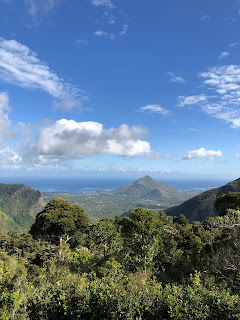Young Birders Green Patch Challenge
Looking back now, it was quite fortuitous that the young birders decided to compete in a patch challenge in 2021. When Joe first suggested the idea in December we were all very keen, having regularly discussed our own patch birding during 2020 it seemed like a fun idea to introduce a bit of competition. We might not have guessed though that local birding would soon become the only form allowed in the third lockdown that hit the country at the start of January. It was lucky that my 2021 birding plans were already prepared for this.
The rules are that we must have a specified 5 square mile continuous area that we call our patch. Most people have a smaller area than this which gives them somewhere manageable to cover regularly, but the large limit allows us to discover or test out new areas without feeling restricted. The other key rule is that we must walk or cycle around this area.
My birding began on New Years Day when I did a short, but very successful, walk around the fields behind my house. This is the area I got to know well during the first lockdown last year, and I've come to learn that it's best early in the morning (as with most places) and can seem a frustrating dearth of life at other times. Up as early as I could face after the late night the night before, I quickly added Bullfinch on the garden feeders - possibly a tricky bird for other patches, but I'm lucky that they're one of my commonest birds. The fields were very productive, and I counted 43 birds during the 3 hour walk. Highlights included Mistle Thrush, Treecreeper, Nuthatch, Yellowhammer and Siskin
The other areas in my 2021 patch are Hicks Lodge, an area of scrub and a small lake that is a few kilometres' walk away, Willesley Woods which is just next door to this and also the very southern tip of Staunton Harold Reservoir, which can be reached via a long walk through the fields behind the house.
I visited Hicks Lodge on the 2nd of January and did a 12km walk around this whole area of my patch. It was very rewarding, being the first visit to water and I quickly added 6 ducks including Goosander, both grebes, Snipe, Lapwing and best of all a skein of 75 Pink-footed Geese on what was a good day for this species in the county. This was a surprise tick and not one I expected for the year.
Other ticks away from the water were a large flock of Lesser Redpolls along with better views of Siskin and a female Blackcap in a garden in my town, my first wintering bird in the area. 55 species was a good total for the day.
After a few days off, the 6th of January focused on the area south of Staunton Harold Reservoir. 4 new birds were added. Cormorant was an expected tick, but at least 10 Mandarin were a complete surprise. I found a local stronghold for this bird which I didn't know existed - which I guess is what patch birding is all about.
It showed down to about 5m range - without a doubt my best views of this species. But after less than a minute, started diving and heading out into the reservoir. In about 5 dives it had gone to the very edge of my binocular range - no wonder it's been hard to pin down on the reservoir during its stay.
This puts me at 66 species for the year so far, which is far more than I was expecting at this point. My target for the year is 100, because I'll be at uni for several months and over the major migration periods. But even that is looking like it might be slightly low. I can't wait to see what other surprises turn up over the rest of the year to add to the Mandarin, Pink-footed Goose and the Diver.






Comments
Post a Comment